Butterflies not only share near-identical color patterns but also synchronize their flight behaviors. Explore how these delicate creatures choreograph their movements to create a powerful warning signal against predators.



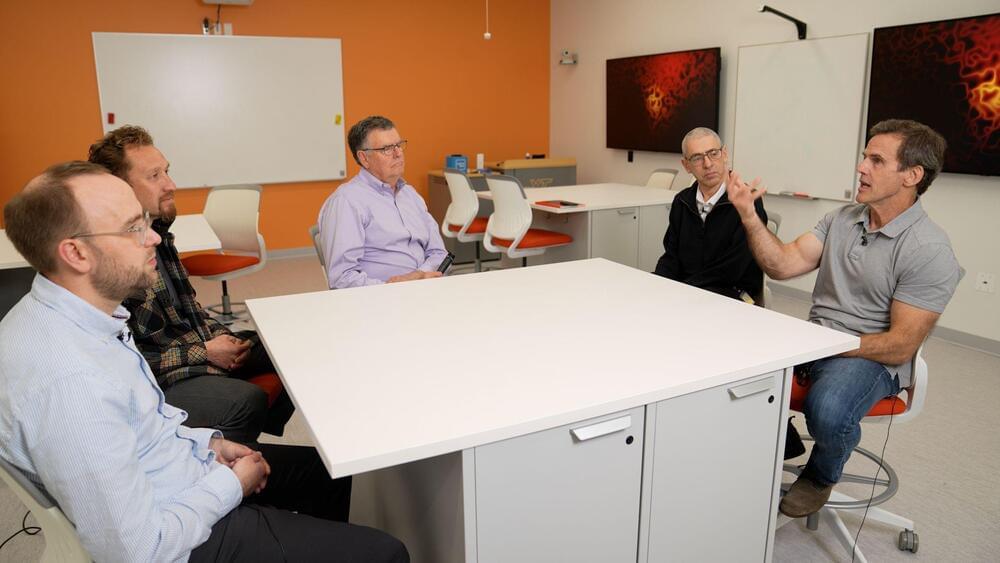
New study links dopamine and serotonin changes in a brain region to social perception and decision-making regarding offer acceptance.
Scientists unravel dopamine-serotonin dynamics in first-in-humans study, unveiling social decision-making during awake surgery in Parkinson’s patients’ tracking economic exchange.
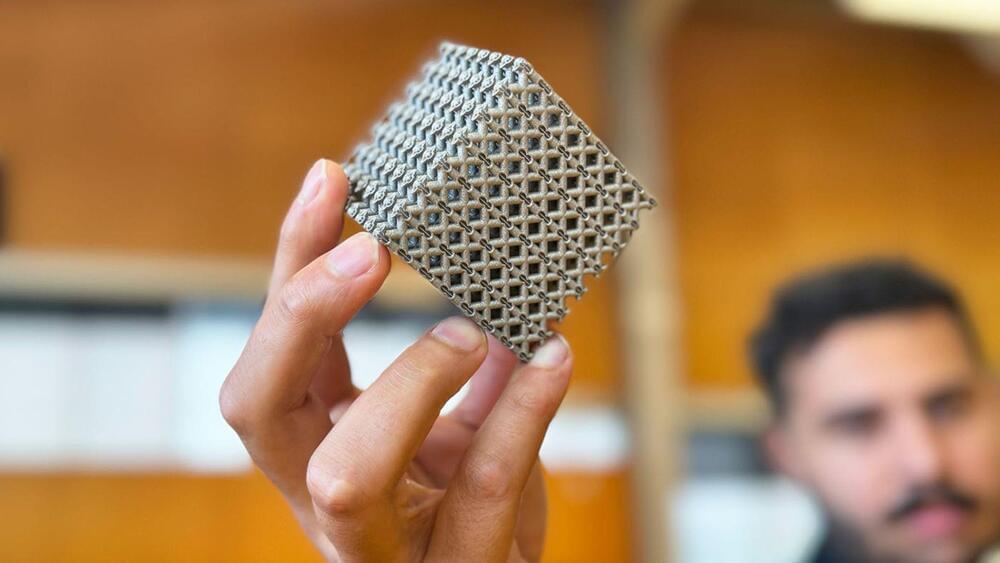
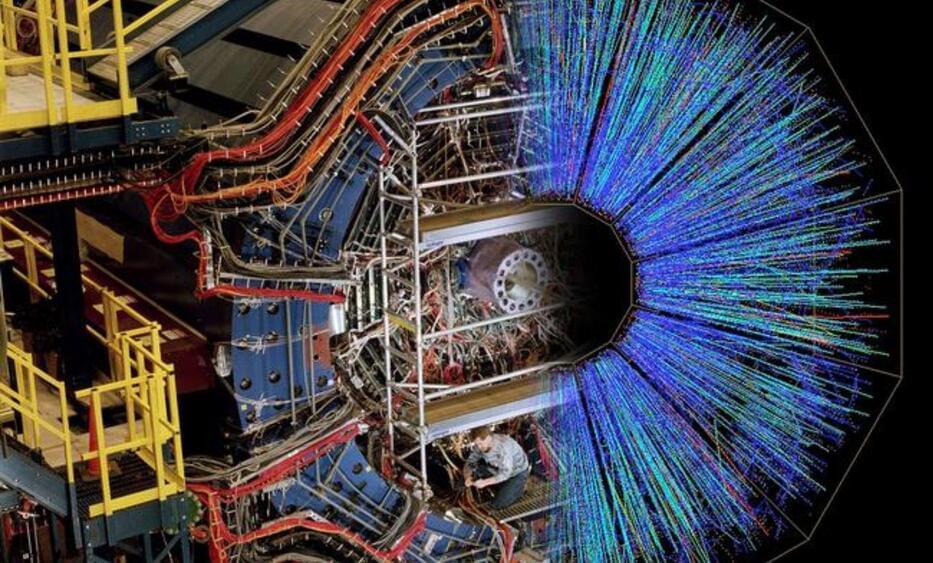
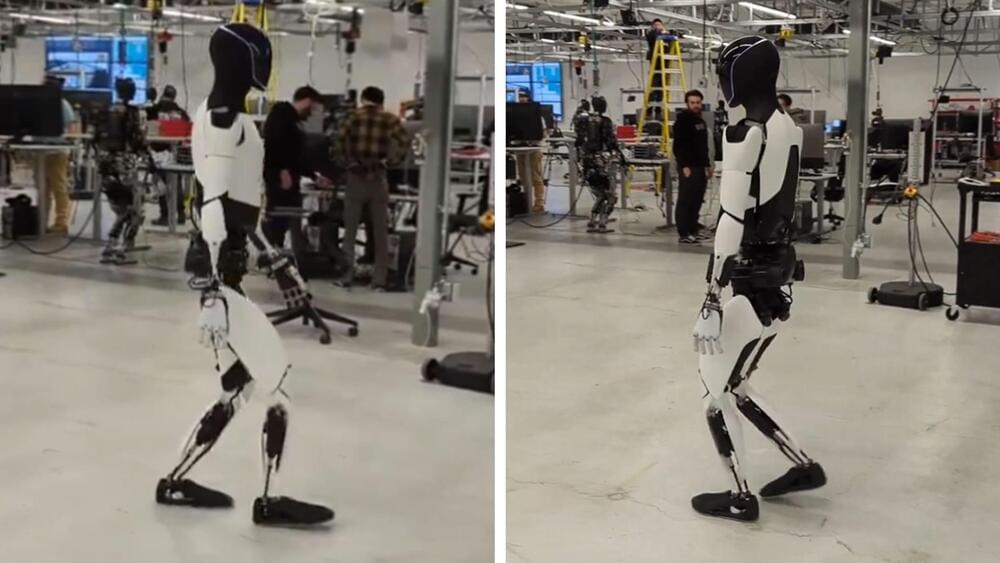
Elon Musk has shared a new video on X of Tesla’s incredible Optimus robot taking a casual stroll around Tesla’s laboratory. Since being published on Saturday, February 24, the 1-minute and 18-second clip has garnered much attention, with almost 79 million views in a few days (at the time of writing).
The clip shows Optimus in a more complete aesthetic than previously released videos. It also shows how mobile the robot truly is. However, as other commentators have said, Tesla’s Optimus’ progress would have been impressive only a few years ago but lags behind other efforts like those by Boston Dynamics.
The U.S. Federal Aviation Administration (FAA) officially closed its investigation into SpaceX’s 2nd failed Starship flight in November 2023. Launched on November 18, this test flight sadly ended in disaster as the giant rocket exploded shortly after takeoff.
However, the closure of the FAA investigation does not mean that SpaceX has a go-ahead for its planned third test flight later this year. Launched from SpaceX’s Starbase in South Texas, both of Starship’s rocket stages failed at around 3.5 and 8 minutes after launch.

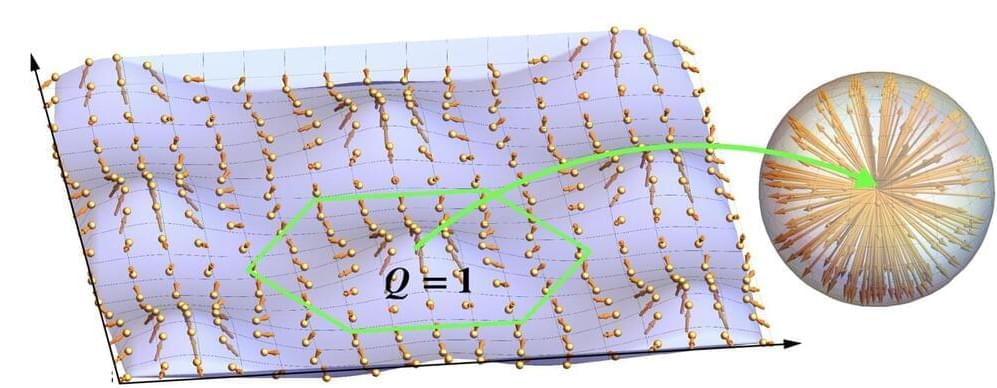
Topological wave structures are wave patterns that exhibit specific topological properties, or in other words, properties that remain unvaried under smooth deformations of a physical system. These structures, such as vortices and skyrmions, have attracted significant attention within the physics research community.
While physicists have carried out extensive studies focusing on topological wave structures in various wave systems, surprisingly their most classical example remains unexplored. These are water waves, oscillations or disturbances that propagate on the surface of water or other fluid.
Researchers at RIKEN recently set out to fill this gap in the literature, by offering a description of various water-wave topological structures. Their paper, published in Physical Review Letters, offers a theoretical framework that could inform future experiments aimed at emulating topological wave phenomena.

Cybersecurity company Cybereason reveals that the actual price of a ransomware attack on a business includes much more than the ransom itself.
When choosing whether to comply and pay the demanded ransom to cyber attackers, there are many different considerations to have in mind. The latest report by Cybereason reveals that only one in two victims who paid ransom actually got their data back uncorrupted, and four out of five were eventually breached again by the same attackers.
According to Cybernews, the company’s researchers went over 1,008 IT professionals who all dealt with breachers at least once in the past two years and found that 84% chose to pay the ransom, averaging $1.4 million in the US. However, only 47% got their data and services back uncorrupted, so this doesn’t appear to have been the optimal strategy.